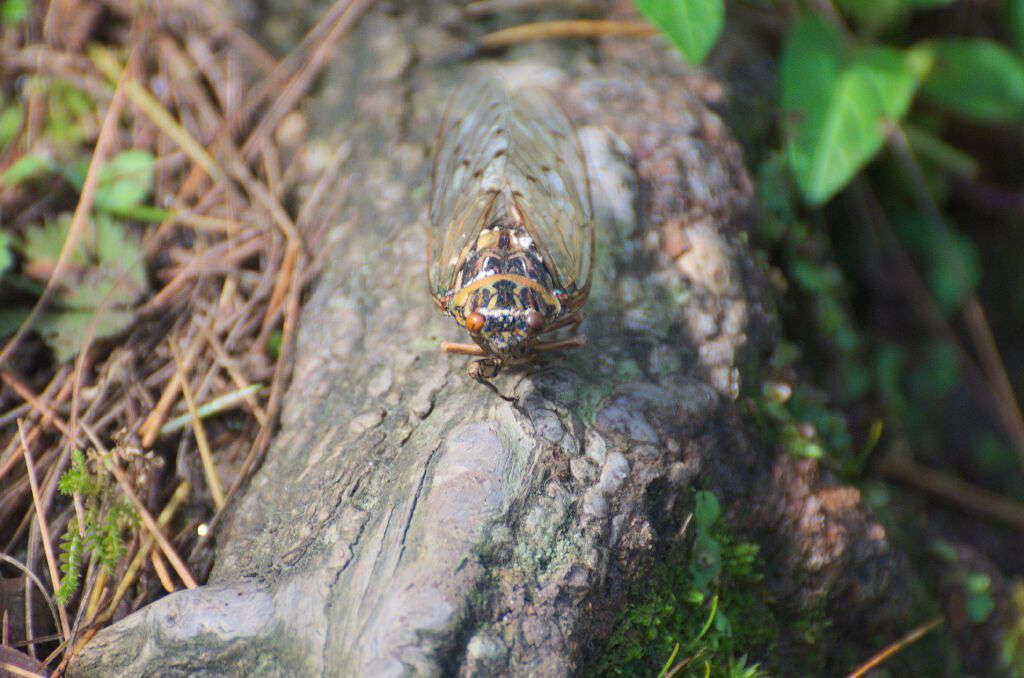
Cicada
The Cicada is one of the most fascinating insects found in the Great Himalayan National Park (GHNP), known as much for its distinctive sound as for its life cycle. These insects, often heard more than seen, contribute to the rich acoustic landscape of GHNP’s forests—particularly during the summer and monsoon seasons.
The characteristic buzzing of cicadas, produced by specialized structures on their abdomen, is a familiar sound to trekkers exploring GHNP’s lower and middle altitudinal zones. While many visitors to the park focus on its mammals and birds, insects like the cicada are essential to the overall ecological balance.
Habitat in GHNP
In GHNP, cicadas are commonly found in deciduous and mixed forests, especially in the Tirthan and Sainj valleys. They inhabit tree trunks, branches, and leaves, often well camouflaged against the bark. These areas provide ideal conditions for their long life cycles, which include years of underground development.
Life Cycle and Behavior
Cicadas are best known for their unique life cycle. Most of their lives are spent underground as nymphs, feeding on tree root sap. After several years, they emerge, shed their exoskeletons, and take on their adult form. Adult cicadas live for only a few weeks, during which time their main goal is to mate and lay eggs.
Their synchronized emergence and loud calls are part of an ancient survival strategy—overwhelming predators with sheer numbers and sound.
Role in the Ecosystem
Cicadas play a vital role in forest ecology. As nymphs, they aerate the soil and contribute to nutrient cycling. As adults, they are an important food source for birds, reptiles, and small mammals in GHNP. Even in death, their bodies enrich the forest floor with essential nutrients.
Conclusion
Cicadas are not endangered, but their presence is a sign of a healthy forest ecosystem. In GHNP, they reflect the park’s undisturbed natural cycles and biodiversity. Monitoring cicada populations can offer insights into climate change, forest health, and insect dynamics in the Himalayas.



